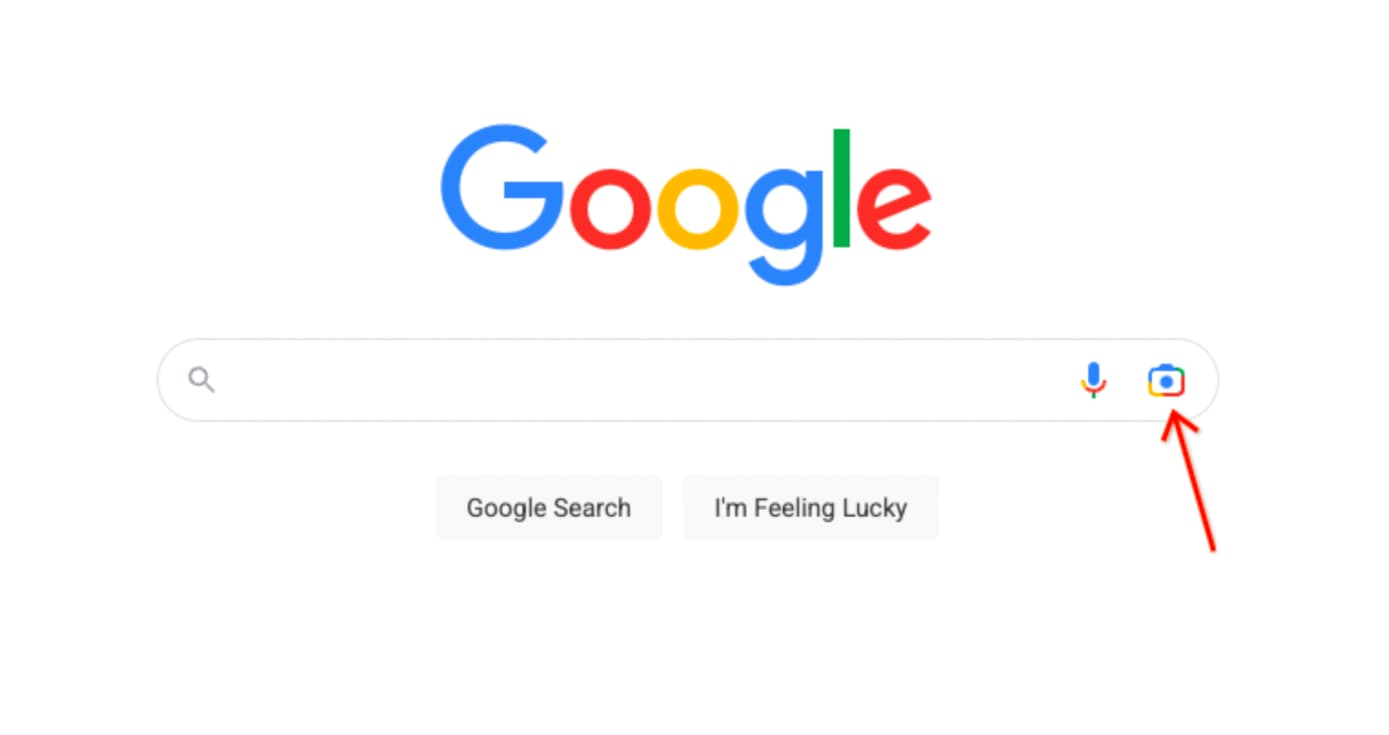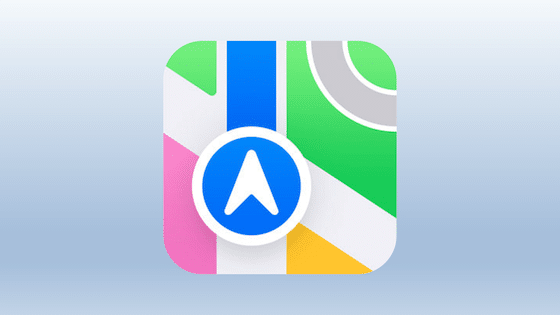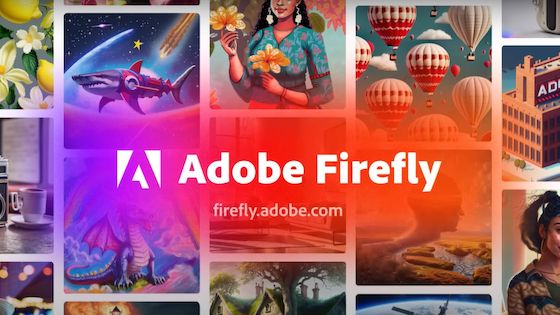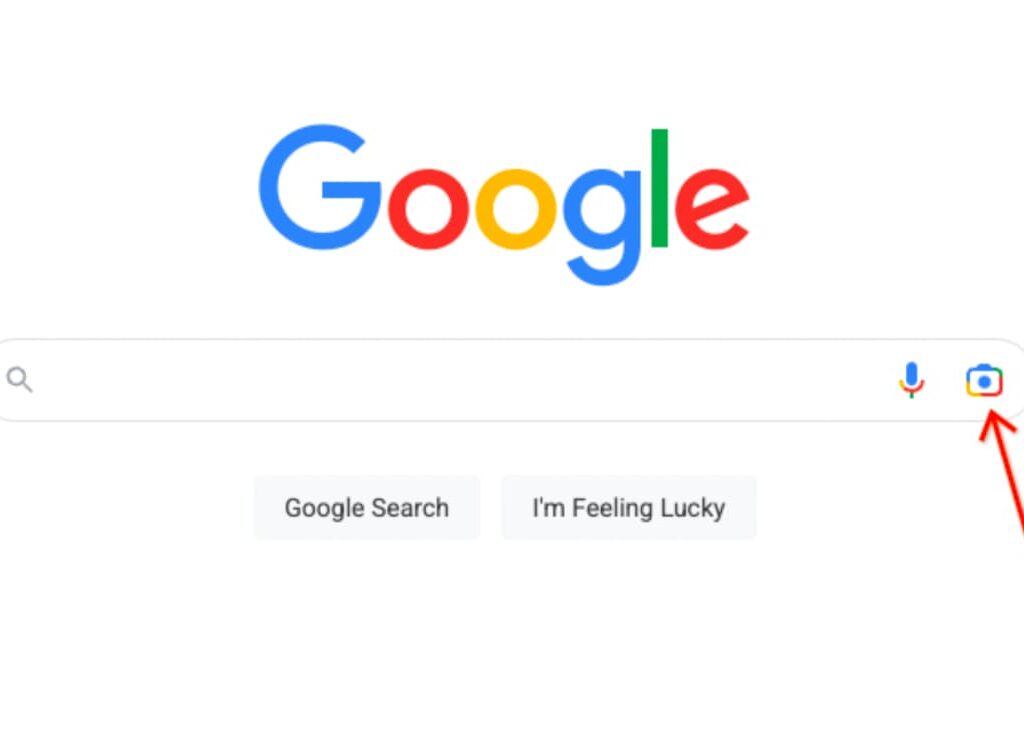One of the most exciting yet practical emerging technologies we’re tracking is visual search. Not to be confused with using images in one’s SEO strategy to rank well in Google Images (likewise called visual search), we’re talking here instead about using your smartphone camera as an alternative search input.
Represented by tools such as Google Lens, Pinterest Lens, and Snap Scan, it’s all about pointing your phone at physical world objects to contextualize and identify them. And, just like web search, it’s naturally monetizable given its high-intent use case. Leaned-in users actively look to identify objects.
In fact, it could be more monetizable than web search in certain product categories. For example, fashion discovery or design inspiration are among the use cases gaining early traction. Point your phone at a pair of shoes you see on the street, identify them (or visually similar items), then buy them right on the spot.
Acclimation & Education
Of course, all the above is as challenged as it is opportune. This is the curse of new technologies: the more disruptive and innovative they are, the more they have the burden of educating consumers and altering deep-rooted habits. Though visual search is compelling, it still has a learning curve.
This consumer acclimation process is progressing gradually, especially among camera-forward Gen-Z, which continues to gain purchasing power. But for the rest of us, it’s still a slow process of weening us off established search habits. Tapping and typing text into a search box is the modality we grew up on.
But if anyone can accelerate visual search’s acclimation and education, it’s tech giants like the above. Snap is popularizing its Scan tool for “outfit inspiration” among a camera-forward user base. Pinterest is likewise a logical home for visual search, given that image-based discovery is already baked in.
But Google could be the most impactful. Not only is search its core competency, but its massive reach can help expose visual search and accelerate its cultural adoption. It’s been slowly doing just that by planting Google Lens buttons in high-trafficked places, including the search bar on Google’s iOS App.
Future Proofing
Now, Google has taken the latest step in this campaign to introduce Google Lens to the world at scale: its desktop homepage. You can now find the Google lens logo on Google’s homepage, right next to the voice search icon (see image above). Any product or feature couldn’t ask for better exposure.
Why is Google keen on accelerating visual search? In short, it’s all about future-proofing its core search business. Seeing the camera-based affinities of Gen-Z – and the purchasing power noted earlier – it wants to maintain a dominant search market share, whether it’s text, voice, or visual. It’s blitzing all three.
Beyond future-proofing, it’s about boosting query volume in general. As one of several factors in Google’s monetization (along with CPCs, CTRs, and ad coverage), it all starts with query volume. And with voice and visual inputs, Google increases the surface area for search beyond typed/tapped queries.
To that end, expect to see visual search continue to be promoted in Google’s well-traveled properties. Its homepage is the Holy Grail, and Google Lens’ inclusion is telling of Google’s ambitions for visual search. Next up: Refining and optimizing visual search monetization. We’ll be back to tackle that next.




